Step into the heart of New York City with our exclusive Central Park Pedicab Tours with History and photo stops, designed to offer you an unforgettable journey through the park's iconic landmarks, hidden secrets, and untold tales. This private experience blends storytelling, breathtaking views, and historical insights in a way you won't find anywhere else.
Unlike ordinary tours, we reveal Central Park's lesser-known mysteries-from famous movie locations and ghostly legends to architectural wonders tucked away from the main paths.
Whether you're captivated by history, enchanted by nature, or seeking the perfect photo, this tour delivers it all, with the comfort and charm of a luxurious pedicab ride. Our guides personalize each story, ensuring no two tours are the same. Capture the magic of Central Park as it comes to life through legends, secrets, and its natural beauty.
Нью-Йорк
Досліджуйте
 Унікальний досвід
Унікальний досвід
 Подорожі та транспортні послуги
Подорожі та транспортні послуги
 Тури, екскурсії та круїзи
Тури, екскурсії та круїзи
 Квитки та перепустки
Квитки та перепустки
 Квитки та перепустки на спортивні події
Квитки та перепустки на спортивні події
 Мала група
Мала група
 Сезонні та особливі випадки
Сезонні та особливі випадки
 Застосовані санітарні заходи
Застосовані санітарні заходи
 Заходи на свіжому повітрі
Заходи на свіжому повітрі
 Ймовірно, буде розпродано
Ймовірно, буде розпродано
 ЛГБТ-дружні тури
ЛГБТ-дружні тури
 Зручно для дітей
Зручно для дітей
 Залучає тварин
Залучає тварин
 Добре, щоб уникнути натовпу
Добре, щоб уникнути натовпу
 Їжа та напої
Їжа та напої
 Відмінна якість
Відмінна якість
 Заняття та семінари
Заняття та семінари
 Найкраще перетворення
Найкраще перетворення
 Аудіогіди
Аудіогіди
 Мистецтво та культура
Мистецтво та культура
 Віатор Плюс
Віатор Плюс
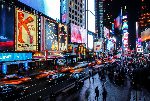 Sustainable Tours
Sustainable Tours
 Limousine Transfers
Limousine Transfers
 Donut Walking Tour
Donut Walking Tour
 Virtual Experiences
Virtual Experiences
 Additional fees
Additional fees
 DSA non-compliant
DSA non-compliant
 Унікальний досвід
Унікальний досвід
 Подорожі та транспортні послуги
Подорожі та транспортні послуги
 Тури, екскурсії та круїзи
Тури, екскурсії та круїзи
 Квитки та перепустки
Квитки та перепустки
 Квитки та перепустки на спортивні події
Квитки та перепустки на спортивні події
 Мала група
Мала група
 Сезонні та особливі випадки
Сезонні та особливі випадки
 Застосовані санітарні заходи
Застосовані санітарні заходи
 Заходи на свіжому повітрі
Заходи на свіжому повітрі
 Ймовірно, буде розпродано
Ймовірно, буде розпродано
 ЛГБТ-дружні тури
ЛГБТ-дружні тури
 Зручно для дітей
Зручно для дітей
 Залучає тварин
Залучає тварин
 Добре, щоб уникнути натовпу
Добре, щоб уникнути натовпу
 Їжа та напої
Їжа та напої
 Відмінна якість
Відмінна якість
 Заняття та семінари
Заняття та семінари
 Найкраще перетворення
Найкраще перетворення
 Аудіогіди
Аудіогіди
 Мистецтво та культура
Мистецтво та культура
 Віатор Плюс
Віатор Плюс
 Sustainable Tours
Sustainable Tours
 Limousine Transfers
Limousine Transfers
 Donut Walking Tour
Donut Walking Tour
 Virtual Experiences
Virtual Experiences
 Additional fees
Additional fees
 DSA non-compliant
DSA non-compliant




 uk
uk
 English
English
 Russian
Russian
 French
French
 Polish
Polish
 Serbian
Serbian
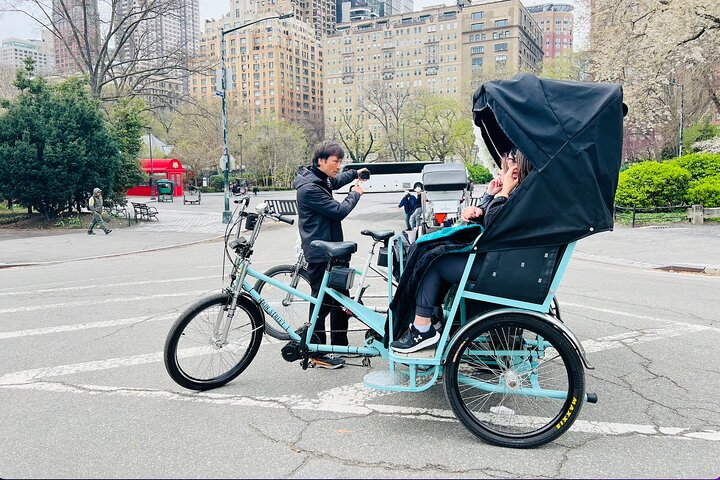
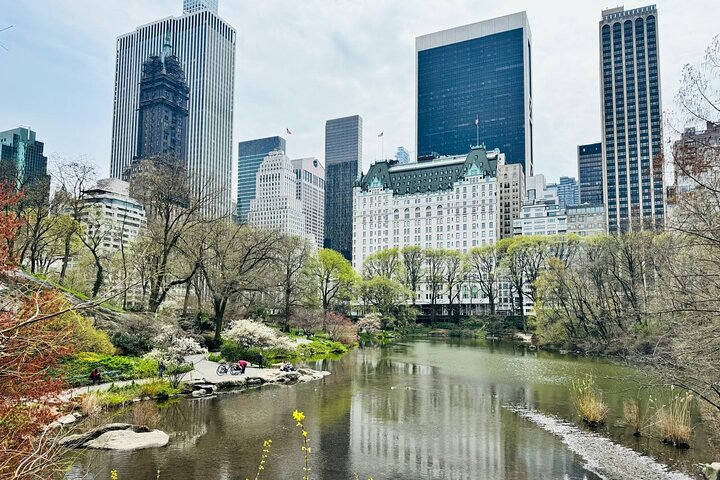
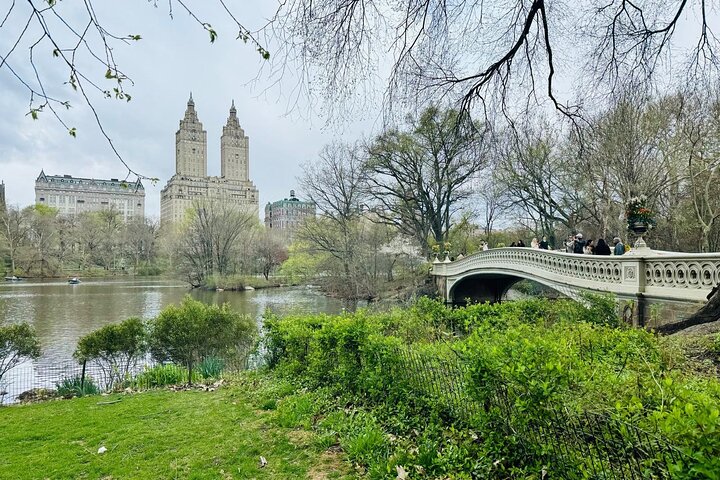

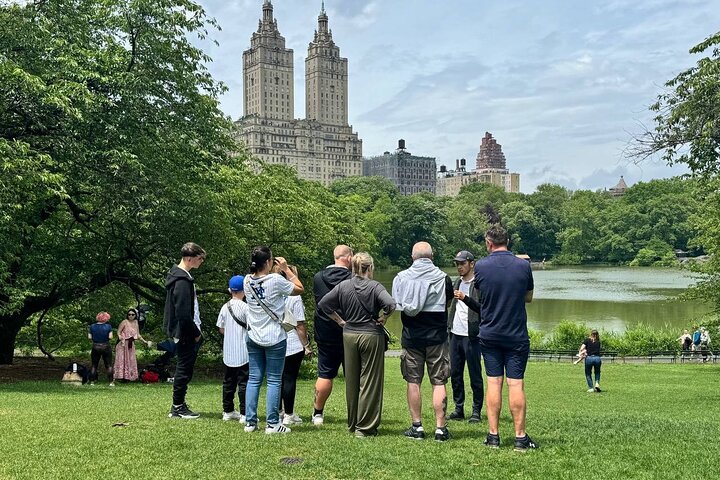
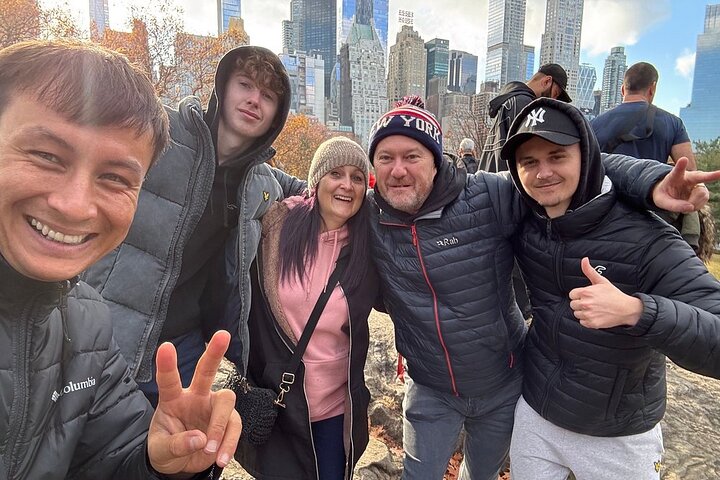
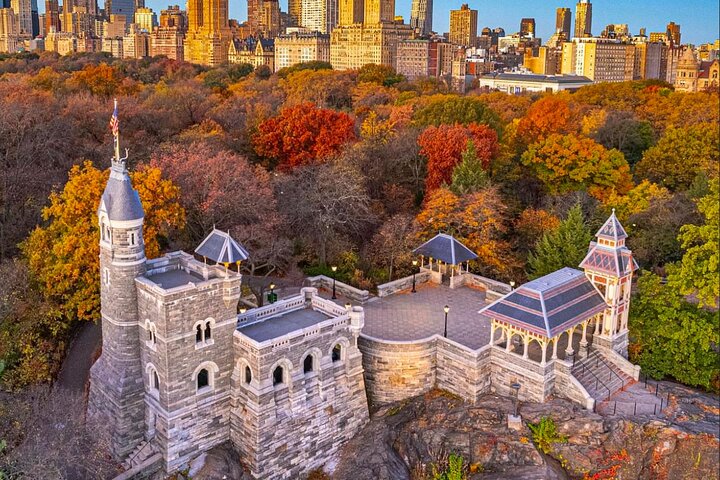
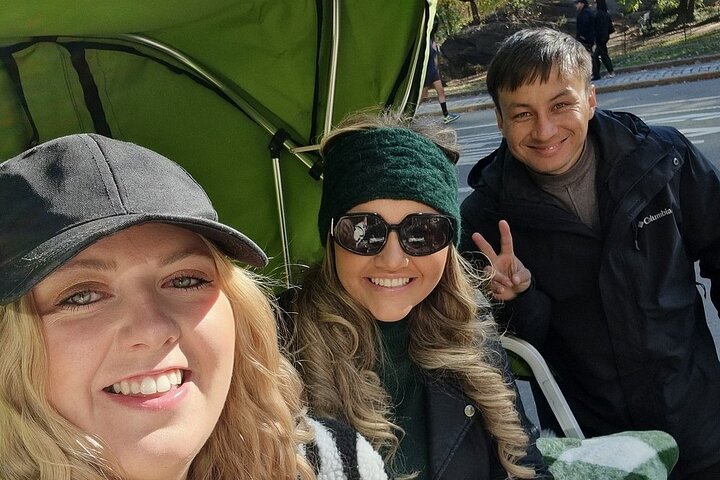
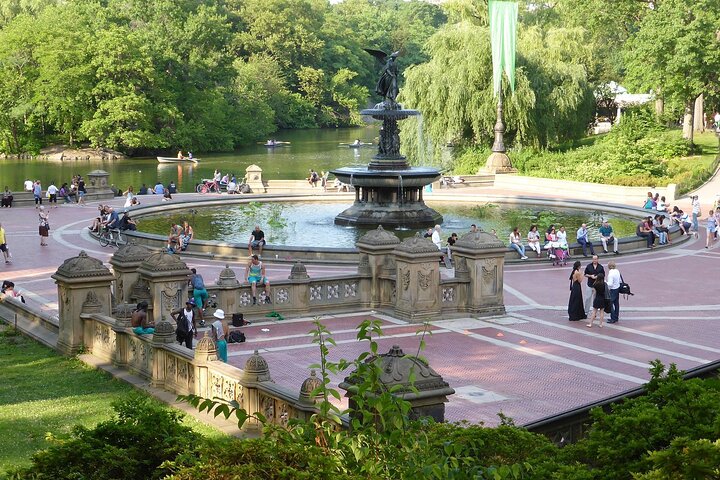
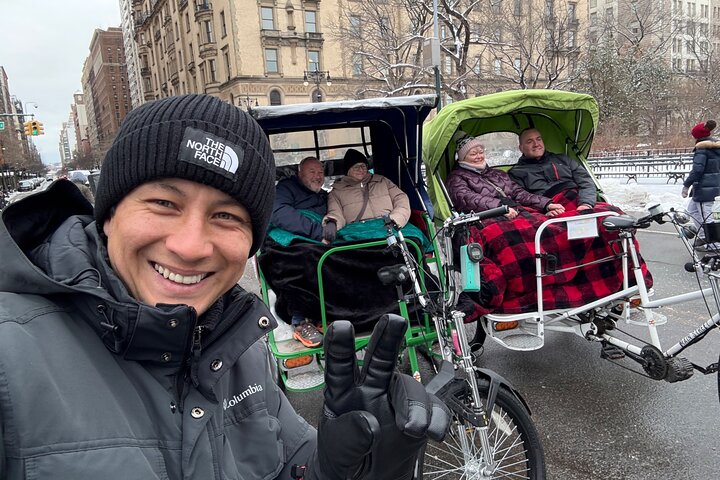
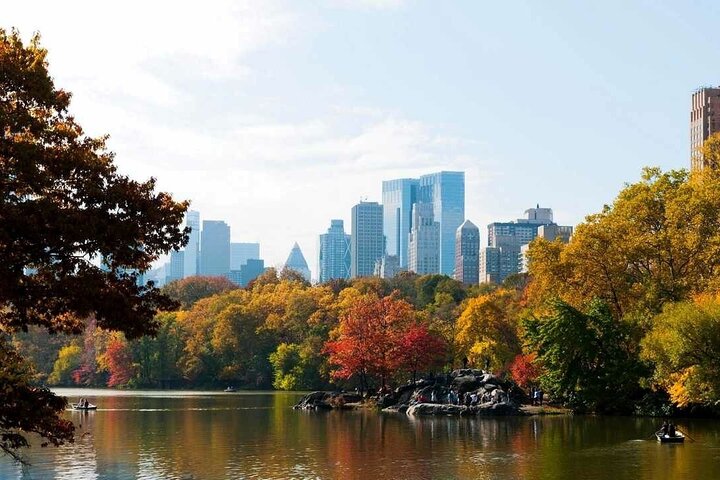
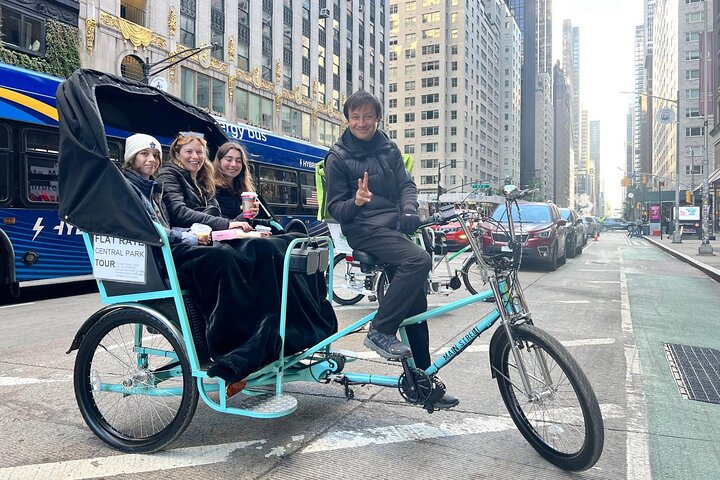
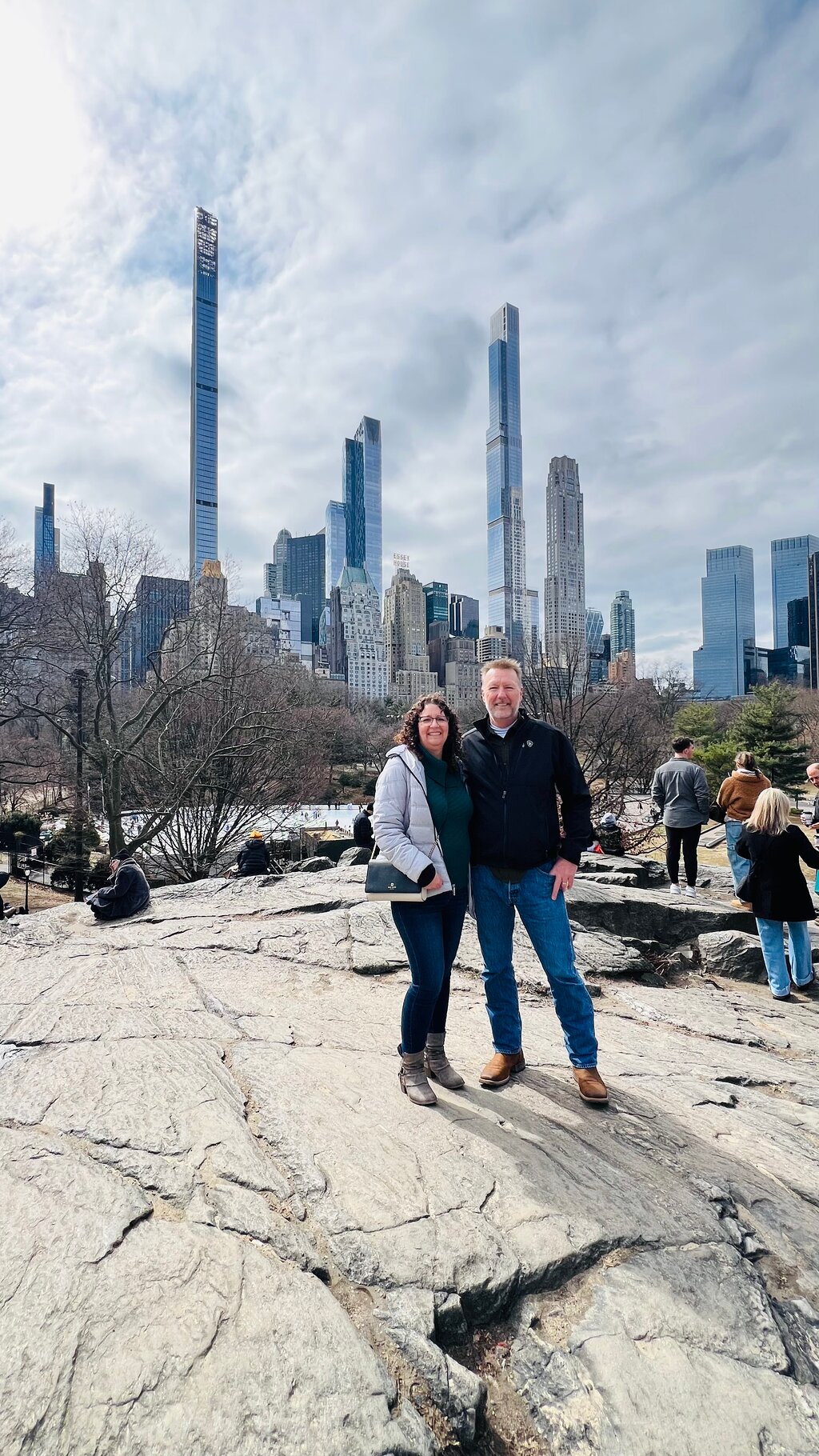

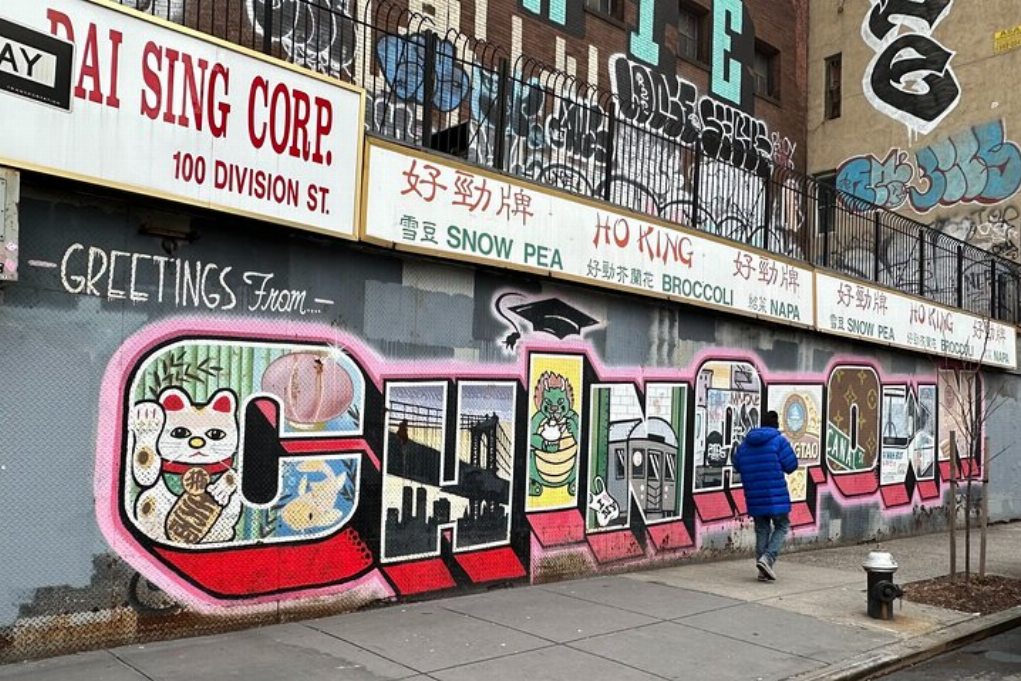

 більше
більше
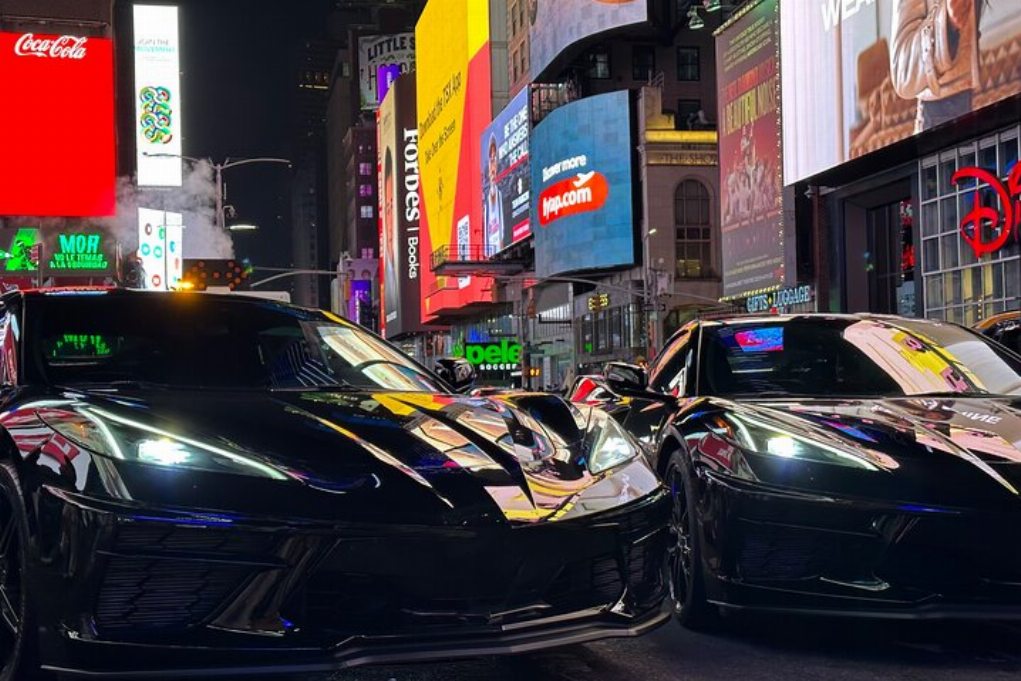
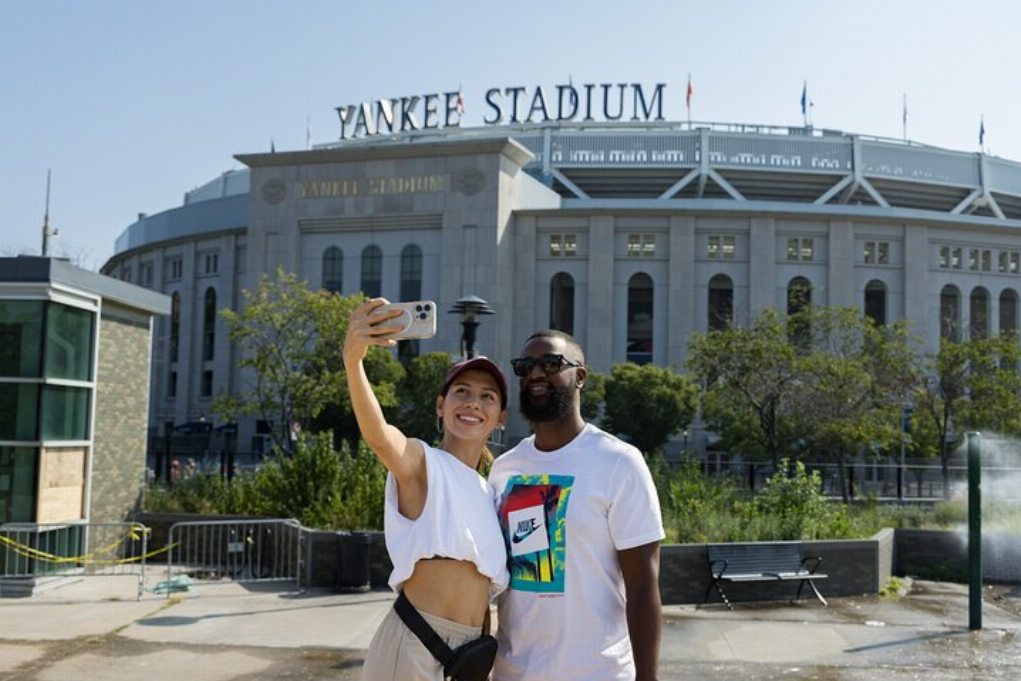


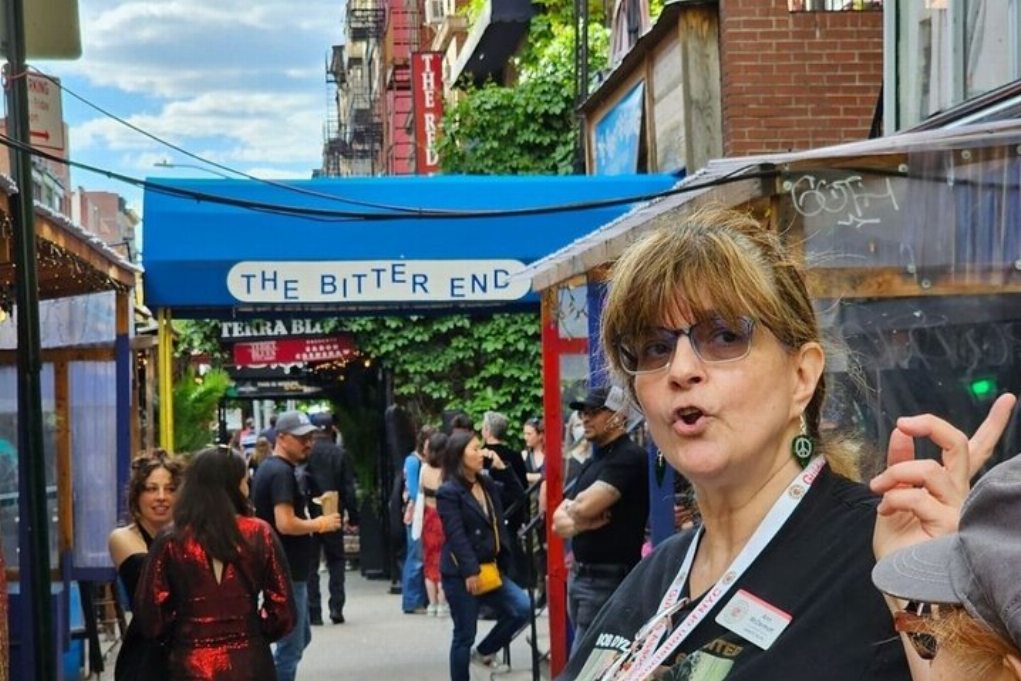
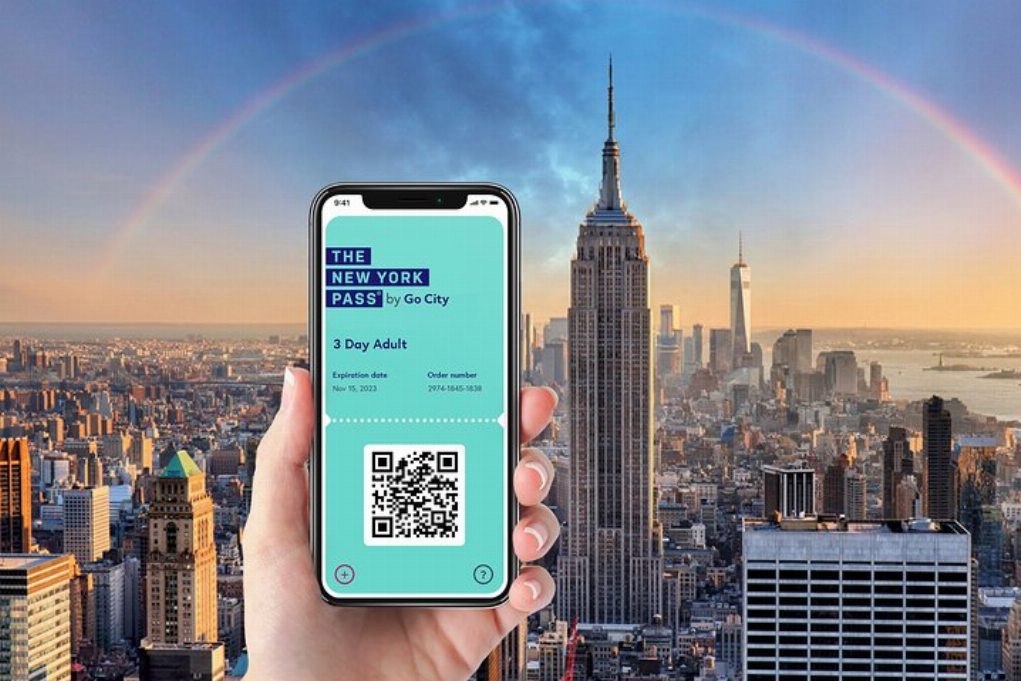

 Продовжуйте з Google
Продовжуйте з Google
 Продовжуйте з Facebook
Продовжуйте з Facebook
 Продовжуйте з Twitter
Продовжуйте з Twitter

